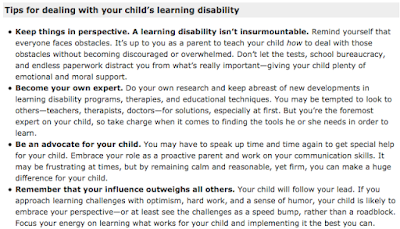General Characteristics:
- Little to no eye contact
- Peer play is rarely observed
- Emotions are rarely displayed
- Utterances are stereotypic and repetitive
- Conversations are not maintained
- Many fail to use words
- Marked distress is typically experienced over trivial or minor changes in the environment
- Daily routines can become ritualized
- Obsessive and compulsive behavior is frequently displayed
- Rocking, hand-flapping are repeated in cycles difficult to stop
- Aggression towards others
- Self-injurious behavior
- Loud sounds can result in fearful reactions
- Rote memory
- Remember information for long periods of time
- Visual learning and thinking style
- Concrete and literal activities
- Ability to learn in detail and in 'chunks'
- Use visual information meaningfully
- Pay attention to small details and keep up attention, when motivated
- Learn language in chunks (echolalia) by echoing and mimicking words or phrases
- Focusing on the discrete elements of the task being taught
- Guided practice and reinforcing each step of a skill
- Providing opportunities to interact with peers and rewarding when they do so
- A schedule for their day
- Structure and routine - avoid surprises
- Direct statements
- Feedback about the appropriateness of responses
- Tasks that the individual can perform
- Verbal communication with illustrations or pictures
- iPads (here is a post about some Apps that children with Autism can use to help them throughout the day)
- Picture schedules (click here to read my post!)
- http://www.calgaryautism.com/characteristics.htm
- http://raisingchildren.net.au/articles/autism_spectrum_disorder_learning_strengths.html/context/1037
